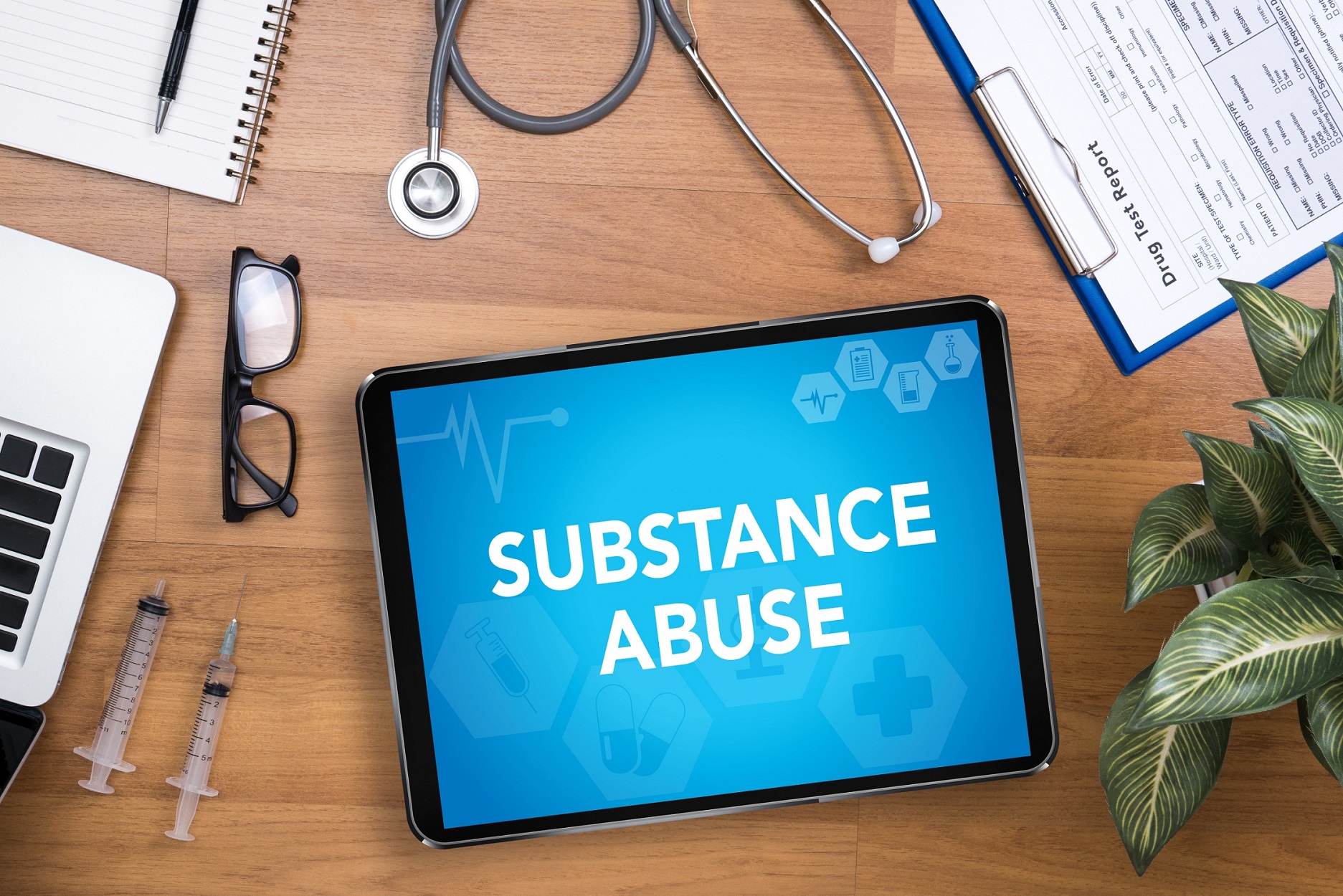Originally posted on: https://commonmedicalquestions.com/2023-a-look-at-substance-abuse-trends/
Substance use disorders encompass a broad spectrum of substances and abuse patterns. Nevertheless, the predominant drug issue in America continues to be the misuse of opioid prescription drugs and the consequent rise in overdose deaths, primarily due to the potent synthetic opioid, fentanyl. Moreover, the problem of polysubstance abuse is not to be overlooked.
Efforts are underway to expand alternatives to prescription painkillers, incorporating various therapeutic strategies. Increasing emphasis is being placed on addressing root causes that may predispose individuals to drug use, such as unresolved trauma and undiagnosed cooccurring disorders.
In this piece, we will explore the most significant drug trends to keep on your radar in 2023.
Trends in Fentanyl
Nearly a million people have lost their lives to drug overdoses since 1999, as reported by the Centers for Disease Control and Prevention (CDC). Opioids, particularly synthetic ones like fentanyl, are the primary culprits in overdose fatalities today, contributing to 82.3% of cases. Fentanyl, which is often surreptitiously mixed with drugs like cocaine, methamphetamine, and counterfeit prescription pills such as opioid analgesics and benzodiazepines like Xanax, is largely indiscernible.
The U.S. Drug Enforcement Administration issued a warning in August regarding the hazards associated with “rainbow fentanyl,” known for its varied coloration. This variant of the drug sparked worries about drug dealers deliberately aiming to attract young individuals, including children.
In November, scientists at the University of Houston revealed they had created a fentanyl vaccine that prevents the drug from penetrating the brain, thus negating both the euphoric effects and the potential for an overdose. Human clinical trials for this vaccine are presently ongoing. Like all medication-assisted treatments (MAT), this vaccine may not be suitable for everyone, and recovery treatment should primarily focus on therapy to alter thoughts and behaviors promoting drug abuse.
Polysubstance Abuse
As we enter 2023, there’s an escalating trend in overdose deaths linked to methamphetamine and other psychostimulant use, both independently and in conjunction with synthetic opioids.
A significant number of overdoses involving fentanyl and meth are associated with polysubstance abuse, whether intentional or accidental. The combination of drugs can potentiate and destabilize the effects of the individual substances, which makes polysubstance abuse especially hazardous and potentially lethal. The latest statistics from the CDC reveal that over half of all overdose fatalities involve the consumption of multiple drugs.
While polysubstance abuse typically denotes the misuse of several illicit drugs, it can also extend to include nonmedical use of prescription medications. At times, individuals on prescription medication may unknowingly combine substances. For instance, they might consume alcohol with their prescribed medication, unaware of the adverse interactions, or they might be on various prescriptions from distinct doctors, oblivious to the potential negative interactions between these medications. As a consequence, it’s crucial for individuals to disclose all medications they’re taking to every doctor and ensure that these medications do not interact harmfully with each other or with alcohol before commencing a new prescription.
Conversely, some individuals purposely engage in polysubstance abuse in pursuit of amplified effects from the combined substances. Often, users may have a drug of choice that they supplement with other substances to heighten the primary drug’s effects. For instance, regular misusers of opioid drugs, such as heroin or prescription analgesics, may occasionally pair them with benzodiazepines to attain heightened sedative or relaxing effects.
Dual Diagnoses
In today’s society, mental health awareness is progressively expanding, and consequently, more light is being shed on the fact that substance misuse frequently coexists with other mental health conditions, including anxiety and mood disorders among others. This heightened awareness is enhancing screening processes at addiction treatment centers and other behavioral health service facilities, which in turn contributes to better outcomes for individuals grappling with addiction.
While it’s certainly the case that treating one of the disorders can lead to improvement in the symptoms of both, evidence strongly suggests that the most effective long-term outcomes are achieved when both conditions are addressed simultaneously. A holistic, integrated approach to treatment recognizes that mental health disorders and substance use disorders are intertwined, and their concurrent management is crucial.
Understanding the complex relationship between substance misuse and mental health disorders underscores the need for more comprehensive and inclusive healthcare systems that can effectively address both issues concurrently. This integrated approach promises not only improved health outcomes for those living with addiction but also broader societal benefits, reducing the impacts of addiction and mental health disorders on families and communities.
The Increasing Impact of Trauma
The role of trauma and its repercussions are increasingly being recognized as significant factors in the onset of mental health conditions and disorders, including substance abuse.
Since the summer of 2021, “The Body Keeps the Score” has earned a spot on the New York Times Best Seller List for Nonfiction for over 214 weeks. Penned in 2014 by Bessel van der Kolk, a psychiatrist and co-founder of the Trauma Research Foundation, this seminal work focuses on the lasting influence of trauma on day-to-day experiences long after the traumatic event has transpired.
The book’s recent surge in popularity is largely attributed to the COVID-19 pandemic and the widespread trauma it induced. A crucial insight we’ve gleaned about trauma is its subjective nature, which can encompass a spectrum of experiences from wartime experiences and childhood maltreatment to social seclusion. Equipping healthcare providers with the ability to identify the signs and symptoms of trauma enhances their capacity to assist patients on their path to recovery from substance addiction. This book, shedding light on the intricate relationship between trauma and addiction, fosters a greater understanding of this complex issue, encouraging more effective, trauma-informed care within addiction recovery.
Pain Management: Exploring New Options
Medical professionals are progressively focusing on empowering individuals to manage their pain effectively without resorting to prescription painkillers. This reflects a broader paradigm shift towards non-pharmacological interventions that can alleviate chronic pain while also reducing the risk of substance abuse and dependence. Among these strategies, cognitive behavioral therapy (CBT) stands out for its effectiveness. CBT encourages patients to confront and change maladaptive thought patterns and behaviors related to their pain, fostering resilience and adaptive coping strategies. This approach can help break the cycle of pain and anxiety that can exacerbate discomfort and lead to dependence on painkillers.
Acceptance and commitment therapy (ACT), relaxation training, group therapy, and emerging technologies like virtual reality (VR) and biofeedback are innovative approaches to chronic pain management. ACT fosters mindfulness and psychological flexibility, encouraging patients to accept their pain and make value-driven commitments. Relaxation training techniques, such as progressive muscle relaxation and guided imagery, help mitigate pain intensity by reducing the body’s stress response. Group therapy provides a supportive platform for shared experiences and collective coping strategies. Meanwhile, VR offers immersive distraction therapy, and biofeedback equips patients to control their physiological pain responses. These holistic, patient-centered methods, instead of just targeting symptoms, aim to empower individuals to lead fulfilling lives, acknowledging the intricate connection between physical pain and mental health.
Prevention Strategies for Substance Abuse
Education continues to play a pivotal role in preventing substance misuse. A concerning perception among young people is the misconception that prescription drugs are safer than illicit substances. According to the Substance Abuse and Mental Health Services Administration, one in four teenagers think that prescription drugs can assist in their studies, while nearly one-third of parents believe that ADHD medication can boost their child’s academic performance, even if the child doesn’t have ADHD.
In the wake of the COVID pandemic, there has been a notable increase in reported stress and burnout among students and employees. To address this, many workplaces and educational institutions are integrating mental health days into their leave policies, providing individuals with an opportunity to pause their routine duties and concentrate on their mental well-being.
In some cases, students are pushing for comprehensive reviews of their schools’ mental health policies. This was highlighted in late November when Yale students filed a lawsuit against the university, alleging “systemic discrimination against students with mental health disabilities,” in relation to the school’s policies on withdrawal and reinstatement for students with certain health conditions.
Resources:




